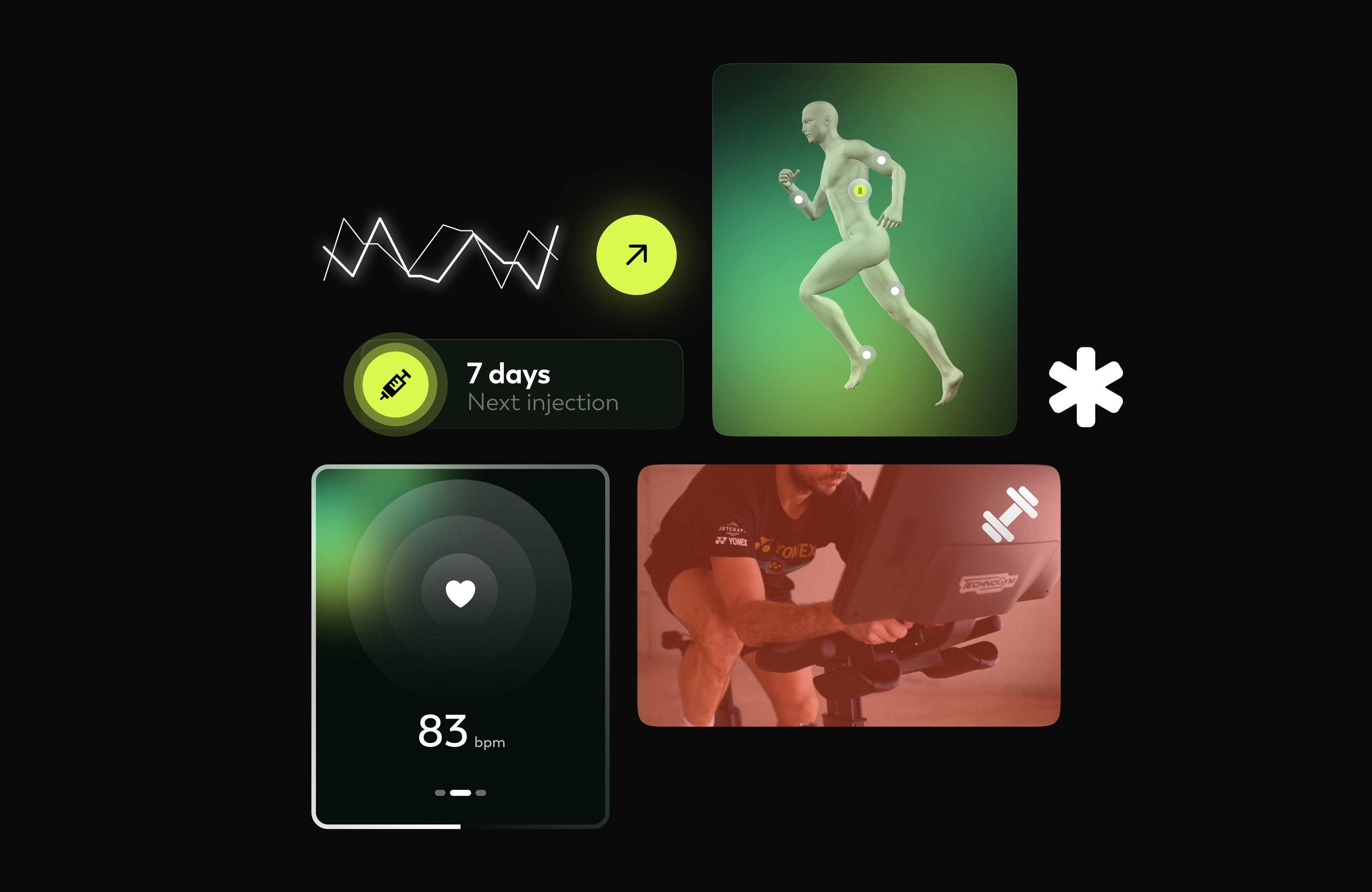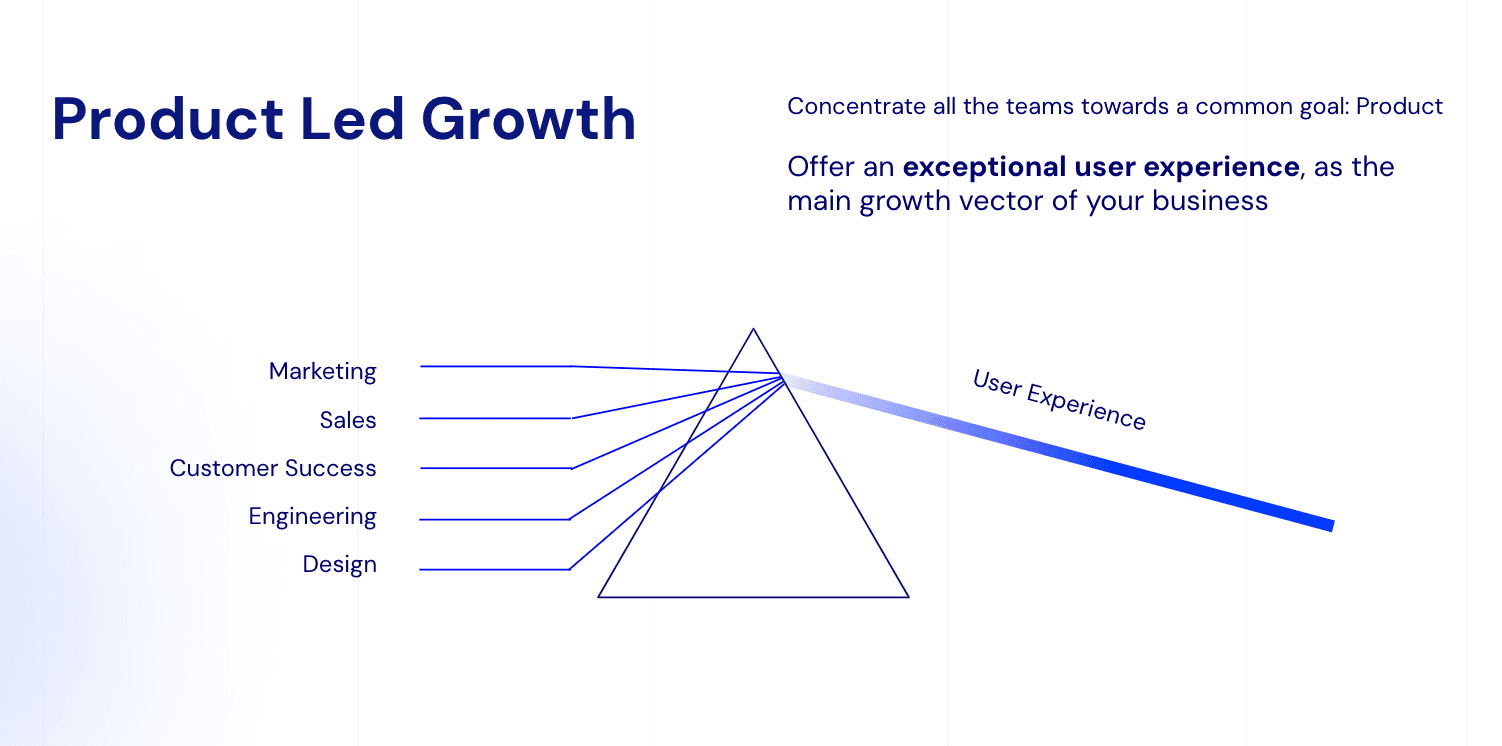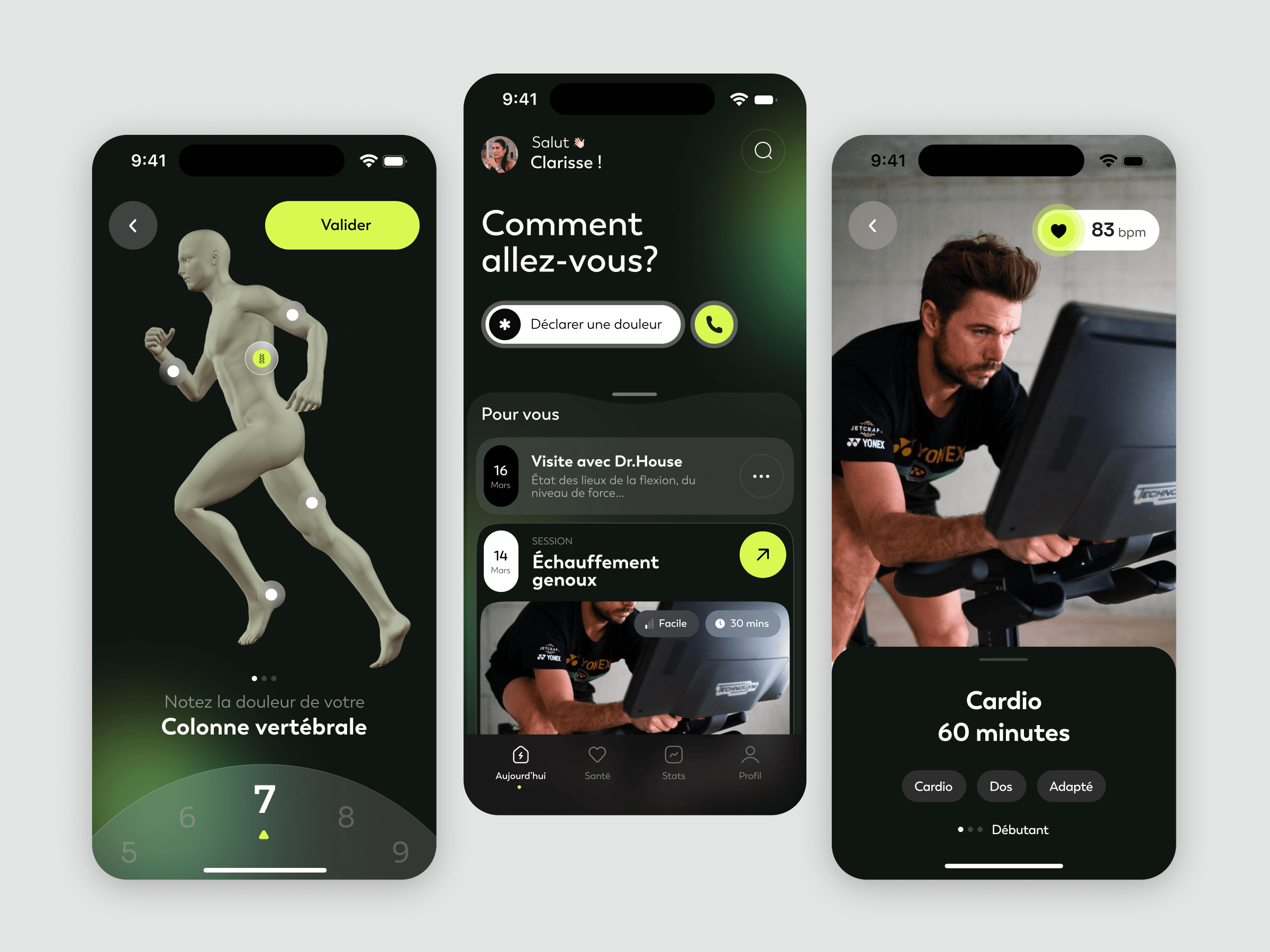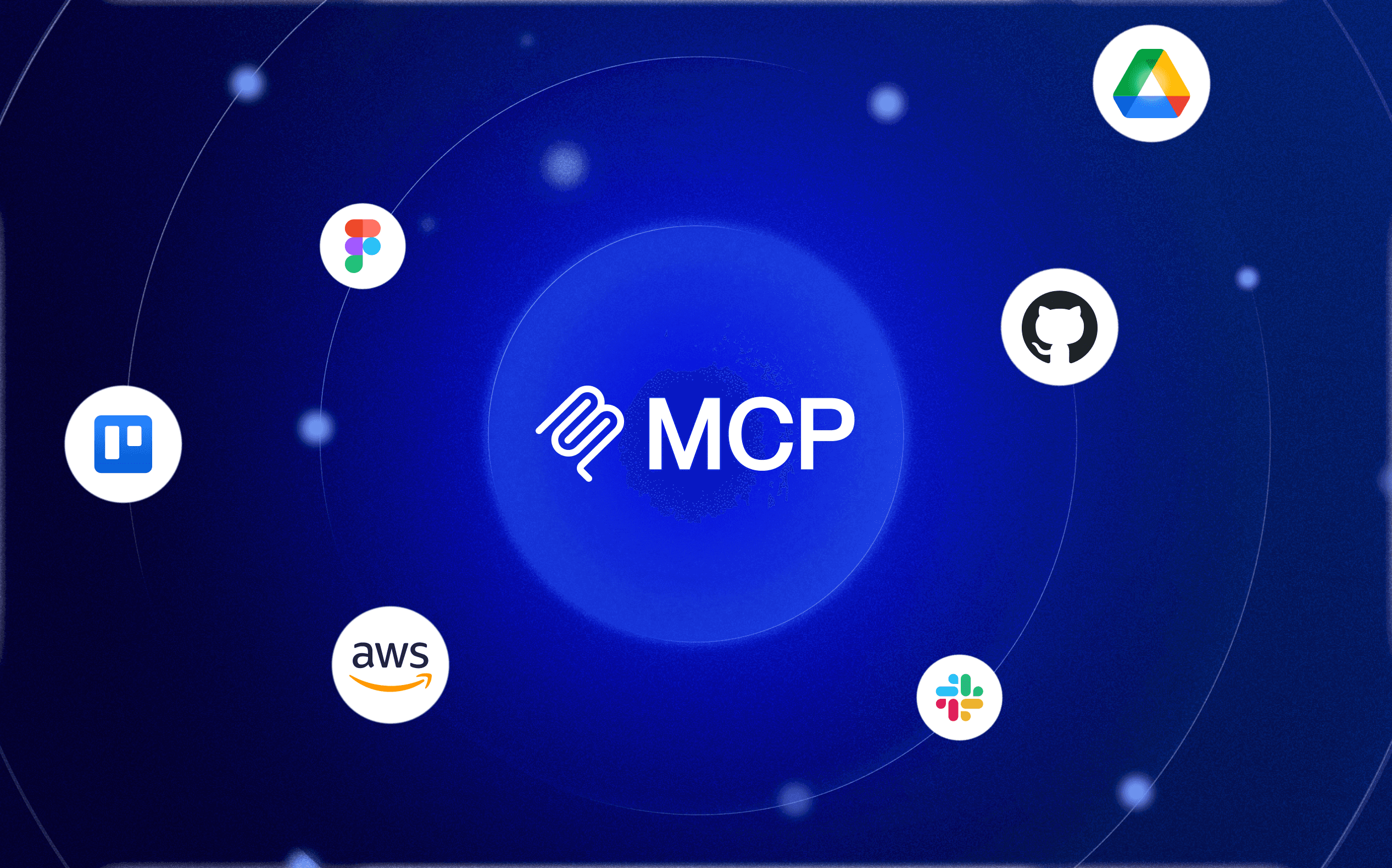Product-led Growth for healthcare companies: definition and benefits

Table of contents
In the ever-evolving landscape of healthcare, the traditional approaches to growth are being reshaped by the emergence of digital product-led strategies. This paradigm shift, rooted in the success stories of tech startups, has sparked a revolution in how companies across industries engage and retain customers. Now, healthcare companies are poised to leverage these principles to transform patient experiences, streamline operations, and drive sustainable growth.
At the heart of this transformation lies the Product-led growth (PLG). Understanding its origins illuminates why it's particularly well-suited for healthcare organizations seeking to navigate the complexities of modern healthcare delivery. Drawing from the evolution of customer behavior, the triumphs of consumer apps, and the principles of lean startup methodologies, PLG has emerged as a potent framework for healthcare innovation.
In this article, we'll delve into the genesis of product-led growth, exploring its foundational principles and how they can be adapted to meet the unique challenges and opportunities within the healthcare industry. From the rise of freemium models to the power of data-driven decision-making, we'll uncover the key drivers behind PLG's ascent and examine how they align with the goals and aspirations of healthcare companies.
Genesis of PLG : definition and why it is a game-changer
Product-led growth (PLG) is a business strategy that focuses on using the product itself as the primary vehicle for acquiring, activating, and retaining customers. It emphasizes creating a product that is intuitive, user-friendly, and valuable enough to attract users and encourage them to become paying customers. Through the illustration below, I propose to explore the key elements that have contributed to the emergence of Product-led growth.

Shift in customer behavior
With the rise of the Internet and software-as-a-service (SaaS) models, customers began to expect more from the products they used. They wanted to try before they buy, have easy access to information, and experience seamless onboarding processes. Traditional sales-driven approaches didn't always align with these expectations.
Success of consumer apps
Consumer apps like Dropbox, Slack, and Zoom gained massive popularity by providing easy-to-use, self-service solutions that allowed users to experience the value of the product without needing to interact with a salesperson. This led to the realization that a similar approach could be applied to business software.
Lean startup principles
The Lean Startup movement, popularized by Eric Ries, emphasized the importance of building a minimum viable product (MVP) and iterating based on user feedback. This approach aligned well with the idea of focusing on the product itself to drive growth.
Rise of freemium models
Many successful companies adopted freemium models, offering a basic version of their product for free with the option to upgrade to a premium version with additional features. This allowed users to experience the value of the product before making a purchase decision.
Data-driven decision making
Advances in analytics and data collection allowed companies to better understand user behavior and iterate on their product to improve user experience and drive growth.
Network effects and virality
Products that leverage network effects or have built-in virality can grow rapidly without the need for traditional marketing and sales efforts. This further reinforced the importance of focusing on the product itself to drive growth.
Overall, the genesis of Product-led growth can be attributed to a combination of changing customer expectations, technological advancements, and the success of companies that prioritized product experience and user satisfaction.
PLG has a deep user-centric root, which is also one of the core values of Healthcare companies. Let’s see together how Pharma and Healthcare companies can capitalize from the experience of other sectors to drive growth through Patient and Healthcare Professionals' (HCPs) understanding.

5 PRINCIPLES FOR INTEGRATING GAMIFICATION INTO HEALTHCARE
- Playful approaches to engage patients
- Effective strategies to engage customers in their care journey
- Mechanisms to encourage patients to take charge of their own well-being
The imperative of user-centric experience in healthcare
In the realm of healthcare, where patient well-being and treatment adherence are paramount, placing a premium on creating a seamless and intuitive user experience is not just important : it's essential. Much like the renowned user experience of Amazon, where users seamlessly navigate through their purchases without encountering hurdles, healthcare products must similarly prioritize ease of use and efficiency.
Understanding the user mindset
Consider the mindset of a patient undergoing medical treatment or a healthcare professional managing numerous patients. In these scenarios, time is of the essence, and any obstacles in the treatment process can significantly impact patient outcomes and professional efficiency. Therefore, the user experience must be designed to anticipate and address the needs and challenges faced by patients and healthcare professionals alike.
From treatment adherence to side effect management: prioritizing seamlessness
At the heart of user-centric experience in healthcare lies the concept of treatment adherence. Patients are more likely to adhere to their treatment regimens when the experience is seamless and intuitive. This extends beyond simply following the treatment plan; it encompasses effectively managing side effects and experiencing the reassuring sensation of being supported throughout the treatment journey by healthcare professionals.

Optimizing the user experience: the key to fluidity
In order to get what seamless means, you can think your user journey as 4 key points:
The user must not realize there can be a problem.
There must be no problem.
The user must not need to search for a solution.
The user must be so satisfied by the solution, that he/she doesn’t even remember there has ever been a problem.
Drawing inspiration from industry leaders
Just as Amazon has set the standard for user experience in e-commerce, healthcare companies must draw inspiration from best practices in user-centric design. By prioritizing ease of use, efficiency, and reliability, healthcare products can empower patients to take control of their health and enable healthcare professionals to deliver optimal care with minimal friction.
Paving the way for seamless patient care
In a healthcare landscape characterized by complexity and urgency, user-centric experience emerges as a guiding principle for driving positive patient outcomes and professional efficiency. By prioritizing ease of use, proactive support, and seamless integration into the treatment journey, healthcare companies can empower patients and healthcare professionals alike, ultimately paving the way for a future where healthcare is not just effective but truly transformative.
Conclusion
In the second part of this series of articles on Product-led Growth for healthcare companies, we'll look at how demonstrating value to users is key to managing a quality product, and the role of data in understanding your users' behaviors within your mobile app.
Stay tuned !
Thank you for reading this article.
STAY TUNED— OUR RESSOURCES

MCP servers and Apps SDK: the AI ‘App Store’ is up and running

French companies are already embracing AI
